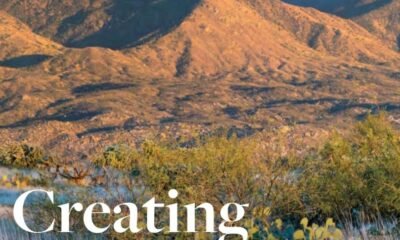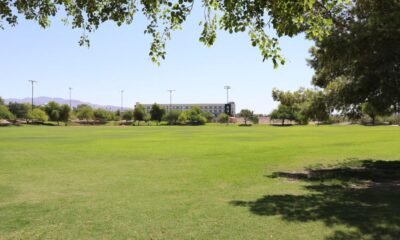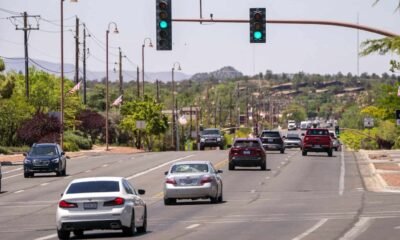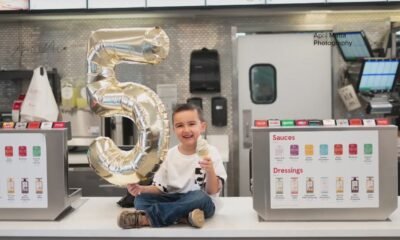City News
West Sedona School Launches Innovative STEM Partnership Initiative

West Sedona School (WSS) initiated its STEM instructional year with a “Meet-and-Greet” event on Wednesday, August 28, aimed at fostering collaboration between students and various community partners.
The event, held in the school library, brought together multiple nonprofit organizations and government agencies, such as the city of Sedona, the U.S. Forest Service, Friends of the Forest, and the Oak Creek Watershed Council. According to teacher Deb Sanders, these partnerships will enhance educational experiences for students from preschool through fifth grade by linking academic concepts with practical application through hands-on activities.
“Four years ago, we received a Northern Arizona University-APS STEM grant,” Sanders stated. “Although it concluded last year, we established new goals to continue our STEM initiatives across all grades with assistance from the Boston Museum of Science and their ‘Engineering is Elementary’ kits.”
The kindergarten classes are focusing on projects like “Here’s the Scoop: Designing Trash Collectors” and “Raise the Roof: Designing Shelters.” These projects were discussed in detail by Kathleen Ventura and Doug Copp of Sedona Recycles during the Meet-and-Greet, where they collaborated with kindergarten teachers Mindy Zarlingo and Janice Goimarac.
WSS Principal Alisa Stieg praised Sanders for her efforts, noting, “Deb’s leadership and community connections are crucial for sustaining our STEM initiative. My primary focus is literacy, but her work allows us to excel in STEM as well.”
A key element of the STEM program will be two parent celebration nights, one scheduled for fall and another for spring. “We want parents to feel involved in their children’s education,” Sanders explained. “When kids refer to the engineering design process, parents will recognize its significance beyond school assignments; it’s a skill set that empowers them as community members.”
The “Engineering is Elementary” kits address various topics per grade level. Preschool students explore noisemakers, while kindergarteners learn about trash collection designs. First graders examine simple machines, second graders study hand pollinators, and third graders investigate water. Fourth graders focus on solar and wind energy, with fifth graders tackling designs related to dark skies and parachute creation.
Fifth-grade teachers Katherine Linden and Alicia Pallares collaborated with the Verde Valley Astronomers Association and city officials to brainstorm projects such as “A Long Way Down: Designing Parachutes” and “Lighten Up: Designing a Lighting System.” Richard Bohner, president of the Verde Valley Astronomers, expressed his goal to instill awareness in students about light conservation and the dangers of light pollution.
Starting January 1, 2028, the city of Sedona will mandate that all lighting be dark sky compliant. As part of their project, students will create lighting fixtures from everyday materials like paper plates and styrofoam cups, judged on how well they meet these compliance standards.
“After the city critiques their prototypes, students will gather feedback to refine their designs,” Sanders elaborated. “This iterative process helps teach valuable lessons in design thinking and collaboration.”
In another initiative, students will design hand pollinators to be used in community gardens, working alongside the Forest Service. USFS Conservation Education Coordinator Mathew Boehm emphasized the importance of connecting students with nature, stating, “Our goal is to enhance environmental education, giving these kids opportunities to engage with and learn about the world around them.”


















